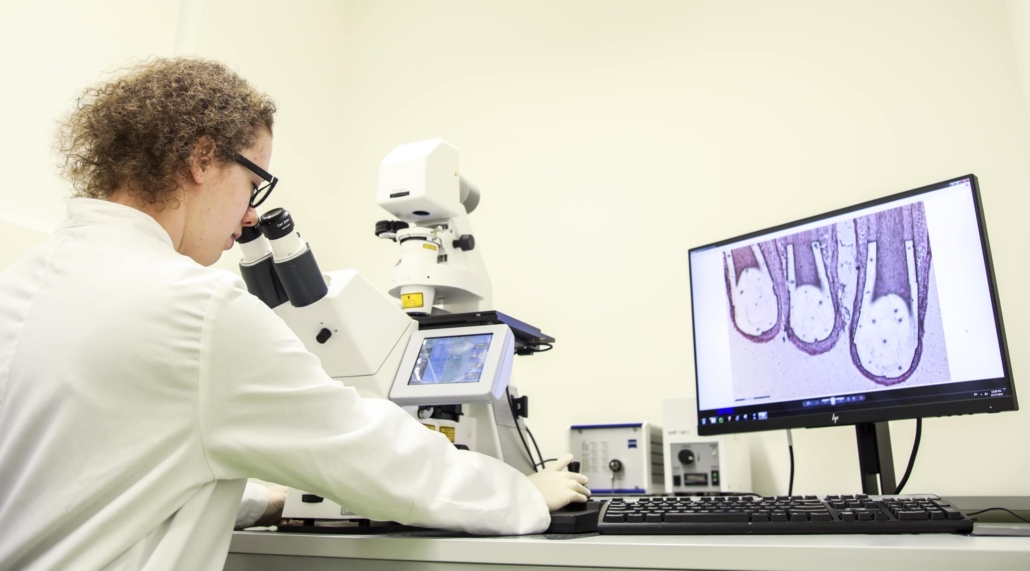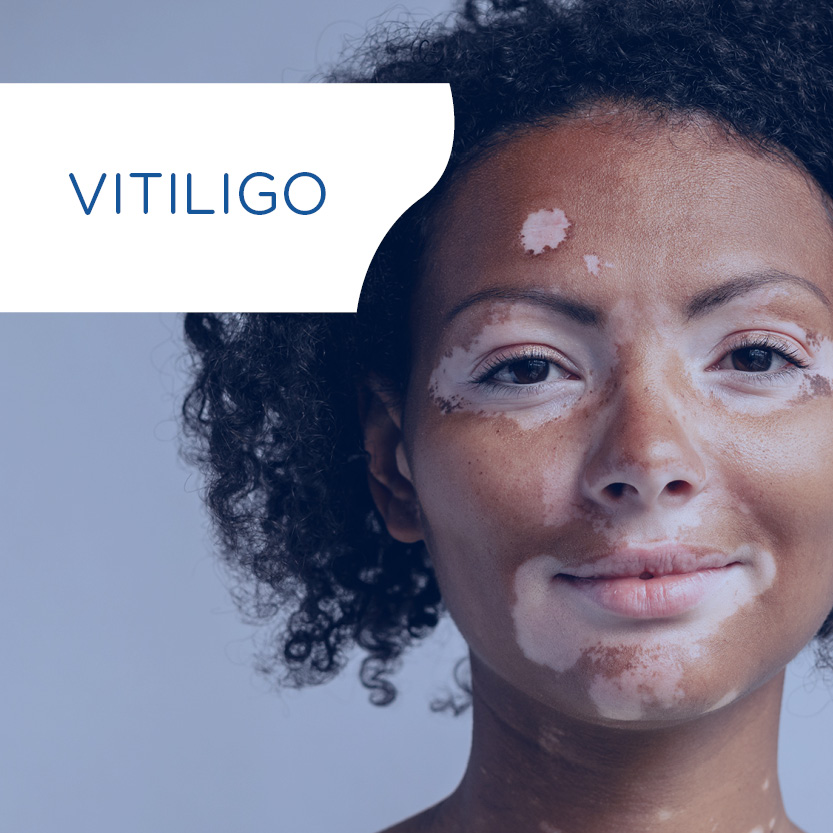Who is QIMA Monasterium?
QIMA Monasterium (formerly Monasterium Laboratory) is one of four laboratories under QIMA Life Sciences, based in Münster, Germany, and established in 2015. As one of the world’s leading CROs in skin and hair research, the lab offers unparalleled expertise in investigative dermatology and trichology. Our research projects are conducted by a team of highly qualified scientists specializing in skin and hair follicle physiology and pathology. We are also supported by a network of international advisors, physicians, and consultants from both academia and industry, ensuring exceptional scientific quality and access to healthy and diseased skin and hair samples.
Exclusive In Vitro, Ex Vivo & In Vivo Models
We offer a unique portfolio of advanced methods, biomarkers, and technologies for pre-clinical and clinical research in dermatology and trichology. In addition to cutting-edge in vitro cell and ex vivo organ culture models, our lab is renowned for its extensive biobank and privileged access to healthy and diseased human skin and hair samples, collected through a global network of dermatologists and plastic surgeons.
Our expertise also includes pharmaceutical testing and research in humanized mouse models, thanks to a unique collaboration with Prof. Amos Gilhar (Haifa, Israel), as well as conducting small mechanistic clinical trials with skin and blood sample collection. We specialize in identifying, characterizing, and validating new targets using state-of-the-art techniques, and we actively engage in co-development projects with industry partners.
The following is a non-exhaustive list of exclusive models:
in vitro models
- culture of primary cells isolated from diseased tissues
- culture of outer root sheath keratinocytes
- culture of human iPSCs derived neuronal stem cells and co-culture with primary skin cells
- generation and culture of hair follicle organoids (3D cell model)
ex vivo models
Human healthy and diseased hair follicle organ culture ex vivo:
- Healthy anagen VI full-length and amputated hair follicle for investigating different hair follicle function, e.g. anagen/catagen transition, dermal papilla inductivity, stem cells biology, perifollicular immune cell activation, microbiome…
- Experimental modeling of disease-like phenotypes of hair follicle disorders, e.g. alopecia areata (AA), chemo-induced alopecia (CIA), scarring alopecia, etc.
- Exposure of hair follicle to environmental stressors, e.g. UVA, UVB, pollutants
- Hair follicle infection with endogenous microbiome and analysis of antimicrobial mechanisms
- Hair follicle co-culture with immune cells
- Telogen hair follicle organ-culture
- Terminal and intermediate hair follicles from patients with androgentic alopecia (AGA)
Human healthy and diseased scalp skin organ culture ex vivo:
- Healthy scalp skin organ culture to study hair follicle and skin responses using topical and intradermal applications
- Experimental modeling of disease-like phenotypes of hair follicle disorders, including perifollicular immune cell activation, e.g. alopecia areata (AA), chemo-induced alopecia (CIA)
- Exposure of scalp skin to environmental stressors, e.g. UVA, UVB, pollutants
- Scalp skin infection with endogenous microbiome and analysis of antimicrobial mechanisms
- Healthy scalp skin organ culture re-innervated with human iPSCs-derived neurons
- Diseased scalp skin organ culture, e.g. AA, AGA, scarring alopecia, hidradenitis suppurativa (HS), etc.
Human healthy and diseased skin organ culture ex vivo:
- Healthy skin organ culture to study aging, pigmentation, skin barrier, immune cell activation (incl. mast cells), sebaceous gland functions, etc.
- Experimental modeling of disease-like phenotypes of skin disorders, e.g. atopic dermatitis (AD), psoriasis, vitiligo, pathological wound-healing, etc.
- Exposure of skin to environmental stressors, e.g. UVA, UVB, pollutants
- Skin infection with endogenous microbiome and analysis of antimicrobial mechanisms
- Healthy scalp skin organ culture re-innervated with human iPSCs-derived neurons
- Diseased skin organ culture, e.g. AD, psoriasis, vitiligo, etc.





